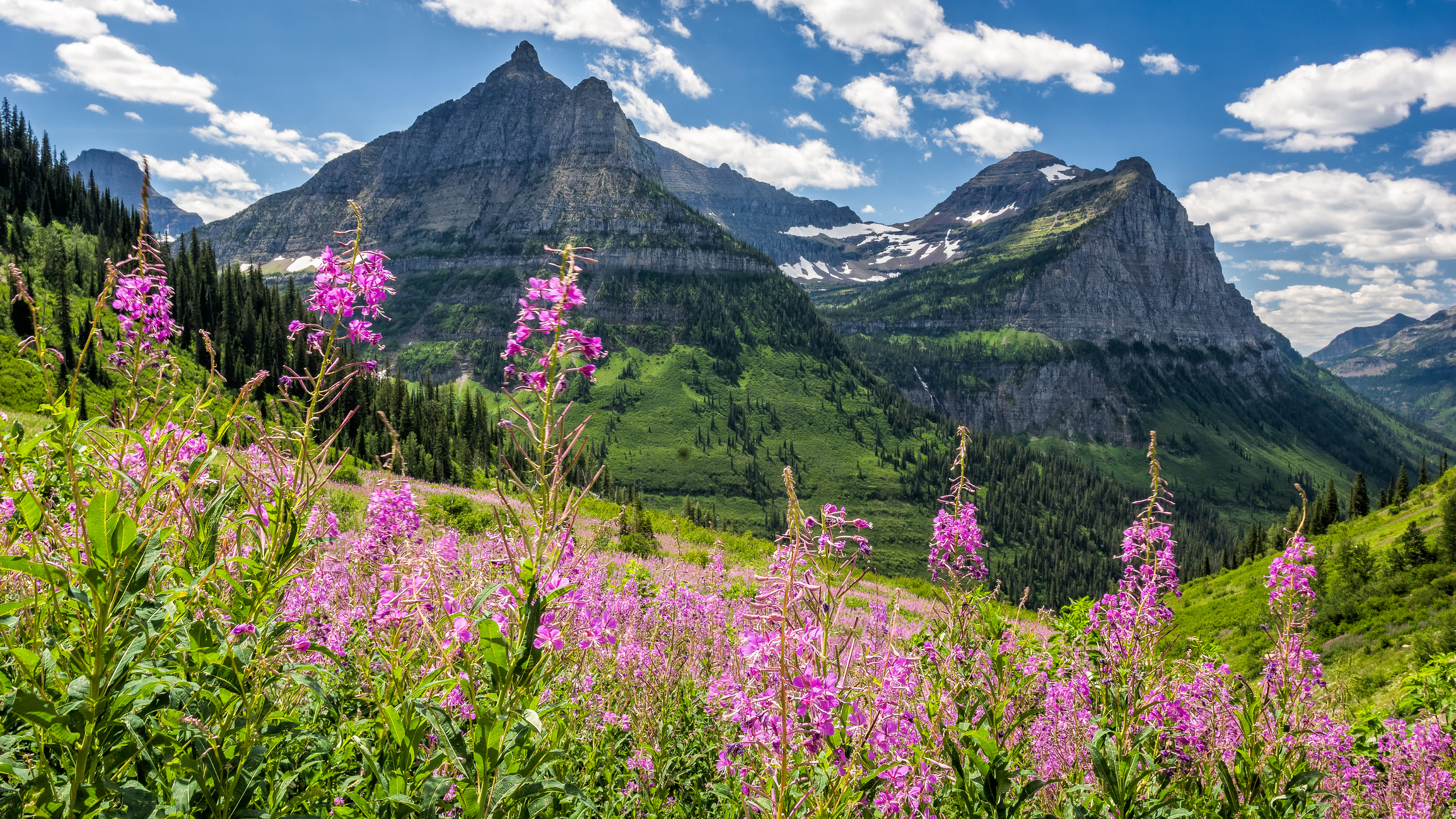Climate change could pit species against one another as they shift ranges
September 30, 2019

September 30, 2019

Species have few good options when it comes to surviving climate change—they can genetically adapt to new conditions, shift their ranges, or both.
But new research in PNAS indicates that conflicts between species as they adapt and shift ranges could lead experts to underestimate extinctions, and underscores the importance of landscape connectivity.
Researchers at the University of British Columbia and the University of Montpellier trying to understand how species might respond to climate change conducted large-scale computer simulations which show that although movement and genetic adaptation to climate change each help maintain biodiversity, these two factors can come into conflict.
Dispersal refers to species movement across landscapes, while adaptation is the evolutionary response of organisms to environmental change. When species both disperse and adapt, faster evolving species prevent slower adapting species from shifting their ranges, driving them to extinction.
UBC ecologist Patrick Thompson, lead author of the study, said the research highlights the value of wildlife corridors, which can help preserve the largest biological diversity possible. As well, it underscores the dangers of fragmenting a landscape, for example by erecting barriers or dividing the terrain with roads.
“The good news is this conflict between moving and adapting is reduced when movement rates are high, which emphasizes the importance of maintaining well-connected landscapes,” said Thompson.
Previous studies have looked at issues of dispersal and adaptation, but tend to focus on a single species. By modelling an environment with several species interacting, the researchers hope to provide a better understanding of the risks that climate change poses for biodiversity.
“If we don’t account for both dispersal and adaptation, we can overestimate how many species might survive in a changed environment,” Thompson concluded.
We honour xwməθkwəy̓ əm (Musqueam) on whose ancestral, unceded territory UBC Vancouver is situated. UBC Science is committed to building meaningful relationships with Indigenous peoples so we can advance Reconciliation and ensure traditional ways of knowing enrich our teaching and research.
Learn more: Musqueam First Nation